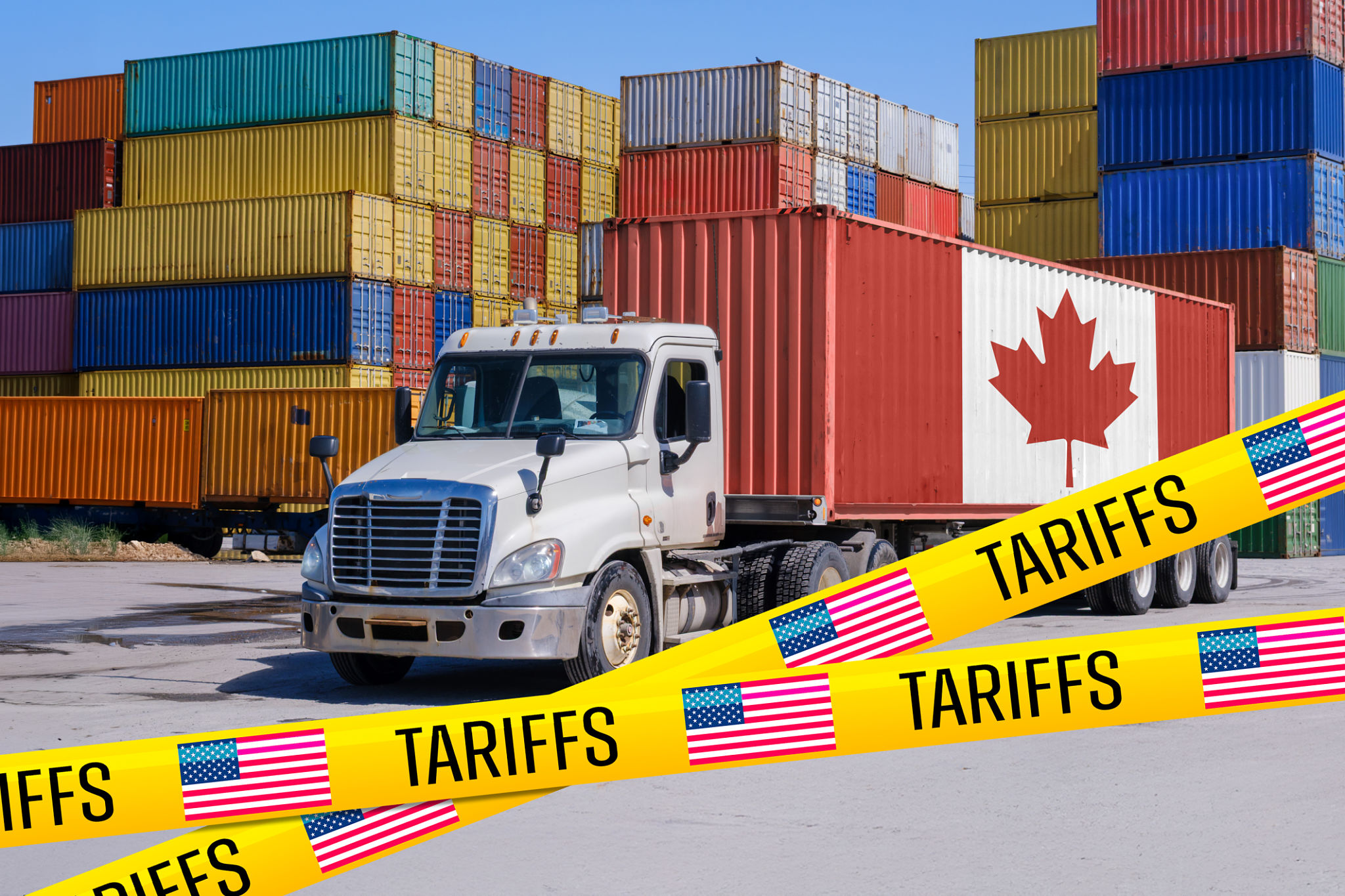Understanding Trucking Regulations: What You Need to Know About Compliance
Understanding the Basics of Trucking Regulations
The trucking industry is a crucial component of the economy, responsible for transporting goods across vast distances. However, the complexity of trucking regulations can be daunting for both new and experienced operators. Understanding these regulations is essential to ensure compliance and avoid penalties. This guide will help you navigate the essential aspects of trucking regulations.

The Importance of Compliance
Compliance with trucking regulations is not just about avoiding fines; it ensures the safety of drivers, other road users, and the cargo being transported. Regulatory bodies like the Federal Motor Carrier Safety Administration (FMCSA) establish guidelines that trucking companies must follow to maintain safety standards. Non-compliance can result in severe consequences, including suspension of operation licenses.
Key Regulations to Keep in Mind
There are several key areas of compliance that every trucking company should be aware of. These include Hours of Service (HOS) regulations, vehicle maintenance standards, and driver qualifications. Each of these areas has specific requirements that must be met to ensure safe and efficient operations.

Hours of Service Regulations
The Hours of Service regulations dictate how long a driver can be on duty and how much rest they must have between shifts. These rules are designed to prevent fatigue-related accidents. Key points include:
- 11-hour driving limit: Drivers may drive up to 11 hours after 10 consecutive hours off-duty.
- 14-hour limit: A driver may not drive beyond the 14th consecutive hour after coming on duty following 10 consecutive hours off-duty.
- 30-minute break: Drivers must take a 30-minute break after 8 cumulative hours of driving.
Vehicle Maintenance and Inspections
Regular maintenance and inspections are critical to ensure that trucks are safe for the road. The FMCSA requires that all commercial vehicles undergo regular inspections, repairs, and maintenance. This includes daily post-trip inspections and annual inspections conducted by certified mechanics.

Driver Qualifications and Training
Ensuring that drivers are qualified and properly trained is another critical component of compliance. Drivers must hold a valid commercial driver's license (CDL) and undergo periodic drug and alcohol testing. Additionally, companies should provide ongoing training to keep drivers informed about the latest safety practices and regulatory changes.
Electronic Logging Devices (ELDs)
The use of Electronic Logging Devices (ELDs) is mandated to track drivers' hours of service accurately. ELDs help ensure compliance with HOS regulations by automatically recording driving time, thus reducing the risk of human error in manual log entries. Implementing ELDs can also improve operational efficiency by providing data that helps optimize routes and schedules.

Staying Updated with Regulatory Changes
The regulatory landscape in the trucking industry is constantly evolving. It is crucial for trucking companies to stay informed about any changes in regulations to maintain compliance. This can be achieved by subscribing to industry newsletters, attending workshops, and consulting with legal experts who specialize in transportation law.
In conclusion, understanding and adhering to trucking regulations is vital for the safe and efficient operation of a trucking business. By staying informed and proactive about compliance, companies can ensure they remain competitive while upholding safety standards.
